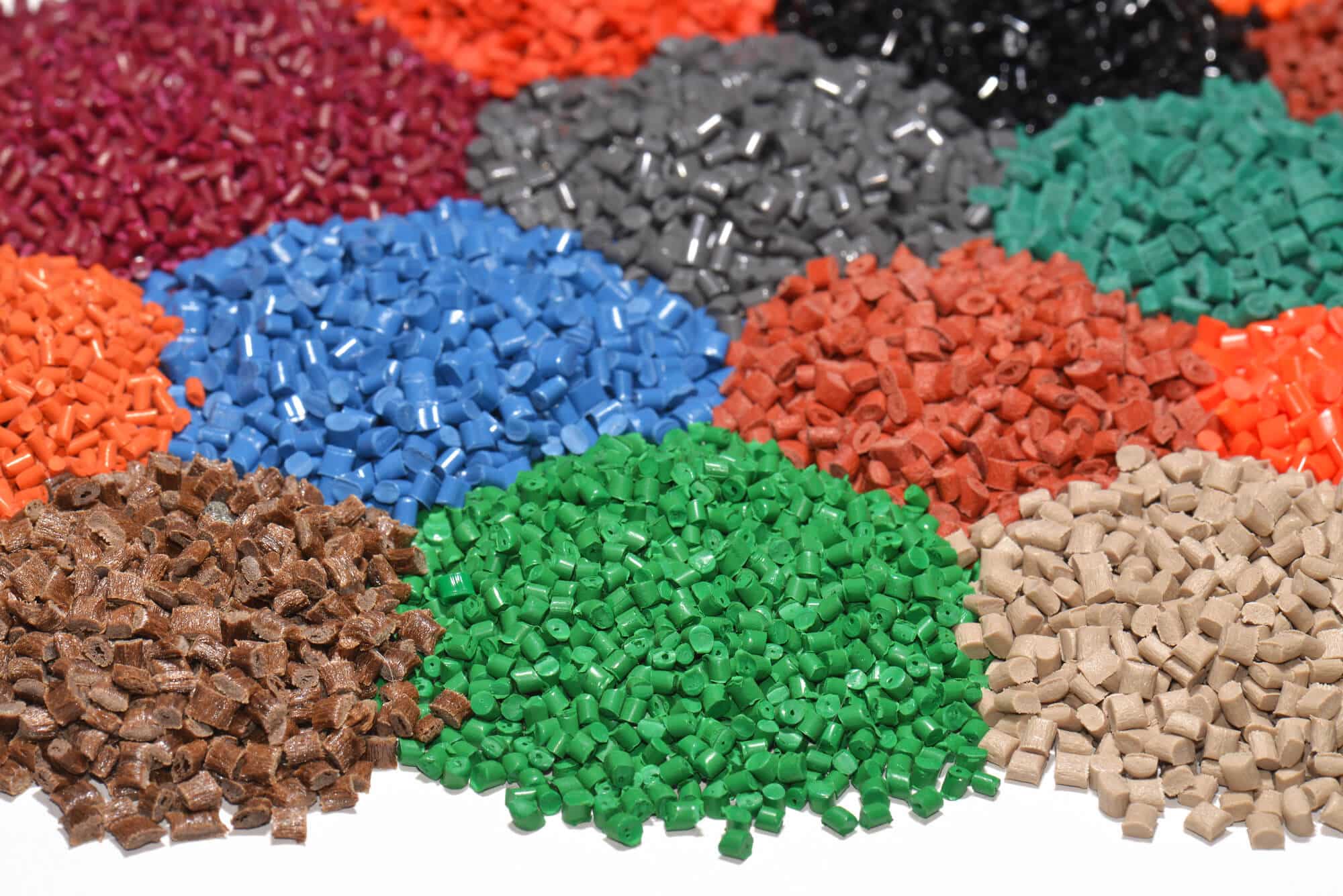Researchers at the National Renewable Energy Laboratory in Colorado have developed a new process that enables the conversion of plastic waste into a single, extremely useful chemical
[Translation by Dr. Moshe Nachmani]

The process is based on a combination of chemical and biological methods in order to perform an upcycle procedure of three common types of plastic, and it may provide a new way to improve recycling processes, by eliminating the need to pre-sort and separate the different types of plastic. "We wanted to develop a process that could enable the conversion of a mixture of plastic waste whose components are quite different," he said Gregg Beckham From the National Renewable Energy Laboratory in Colorado, USA. "Our motive, in this aspect, was to really try and avoid the expensive and rather exhausting sifting of a mixture of plastic waste. And in many cases the plastic waste is actually physically bound - similar to multilayer packaging or in the case of fabrics."
The research team has now demonstrated a two-stage process that in the first stage breaks down the polymers that make up the mixed plastic using a catalytic auto-oxidation reaction and then in the second stage feeds the oxidized products into a vessel with genetically modified bacteria. This process converts the various compounds formed in the first step into one of two possible bioproducts. The process uses polystyrene, high-density polyethylene and polyethylene terephthalate (PET) plastic as raw materials, so that in the end they are converted into polyhydroxyalkanoates - natural polyester - or beta-ketoadipate, which can be used to produce nylon with improved performance.

The first step in the process was inspired by an existing chemical process that is already used today on a commercial scale in the petrochemical industry, explains the lead researcher. "It is a very common practice to use oxidation in the chemical industry in order to create building blocks that produce polyesters and other important materials," he adds and says. "And of course, this process is directly based on the Amoco process from the middle of the last century in which para-xylene is selectively oxidized to terephthalic acid." Utilizing the catalytic system of the Amoco process [cobalt-manganese-bromide] in reaction with the raw materials of the plastic, the various polymers in the plastic waste can be broken down into a mixture of carboxylic acids. These products react in the next step with genetically engineered soil bacteria to continue the process. About a decade ago, the research team proposed using this bioremediation process for the conversion of a mixture of oxidized intermediates derived from lignin into a single product. Now, the same researchers are applying the same idea to compounds derived from plastic waste.
The biological phase of the process is based on the bacteriaPseudomonas putida , which naturally digests benzoic acid and alkyl dicarboxylic acids - the oxidized breakdown products of polystyrene as well as high density polyethylene. The lead researcher explains that an engineered metabolism approach allows researchers to expand the range of carbon sources consumed by bacteria. "We had to engineer the bacterium so that it could digest the waste products of terephthalic acid," he explains. "Therefore, we used catabolic enzymes that convert terephthalic acid into those intermediates derived from polystyrene." Additional metabolic engineering allows us to adjust the chemical products created by the bacteria so that we get either beta-ketoadipate or polyhydroxyalkanoate. "The current study is the first to demonstrate how to go from mixed waste to a pure product using a fascinating interdisciplinary (chemistry-biology) approach," says one of the experts in the field. "Improved recycling methods for mixed plastic waste is especially important in light of the fact that the separation of layered materials will always be a challenging step."
Now that the research team has proven that their idea works, they hope to improve the process, including expanding the range of polymers that can be used. "We tried this process with other polymers as well and did not find any limitations within it," said the lead researcher.
More of the topic in Hayadan:

One response
Excellent article. All are reported correctly